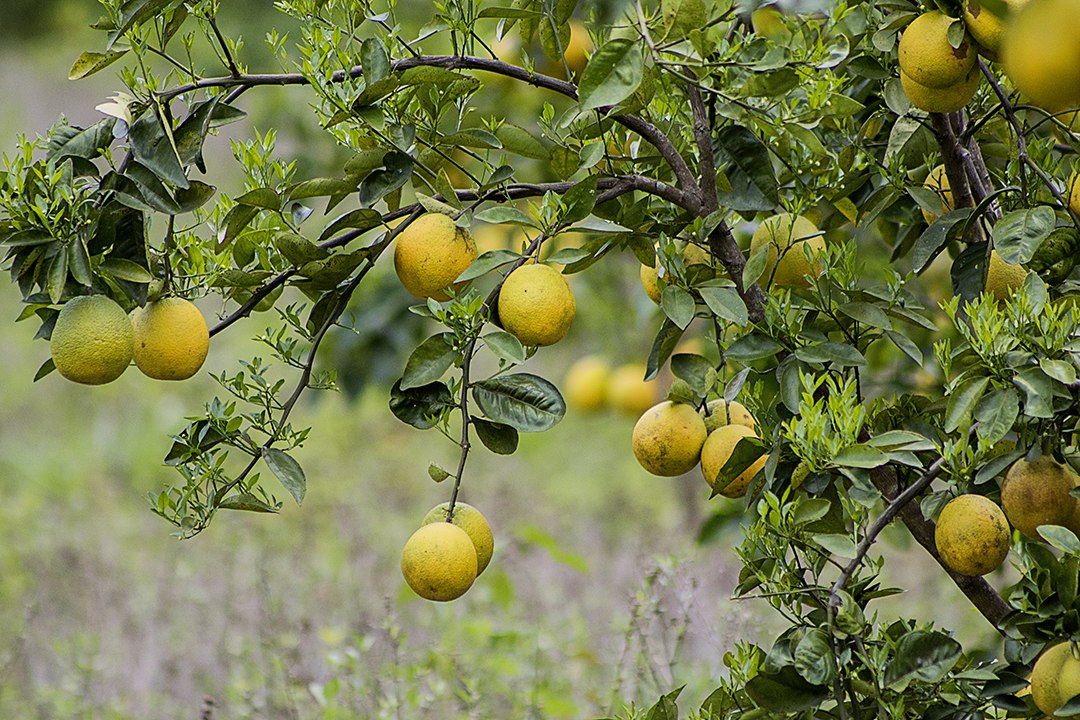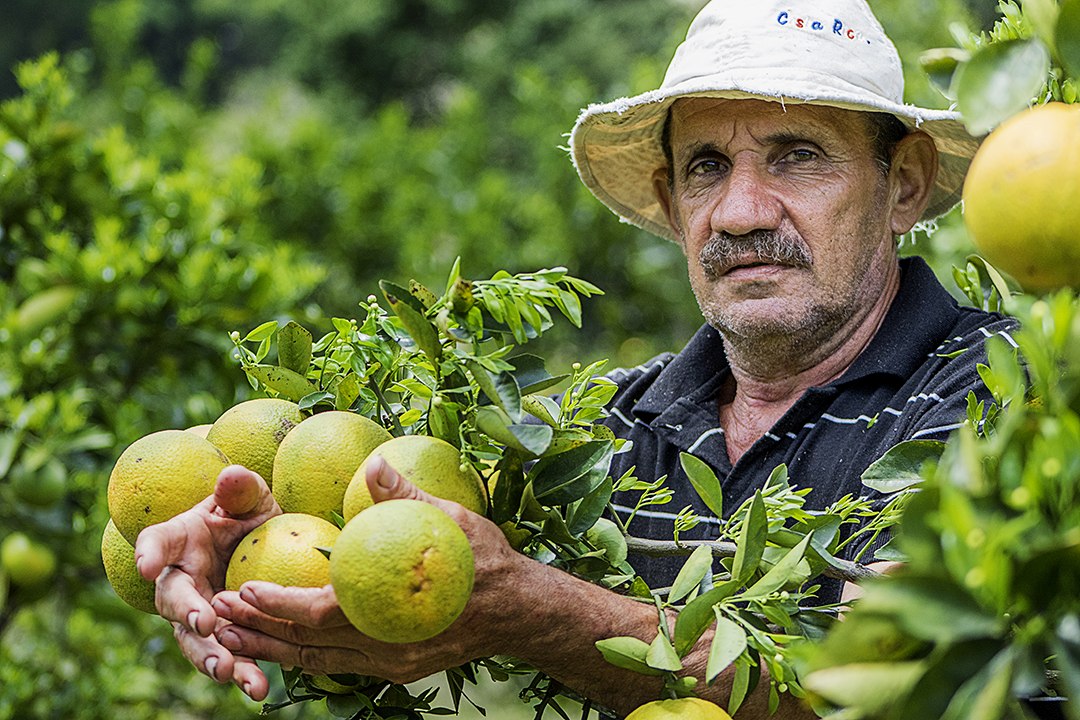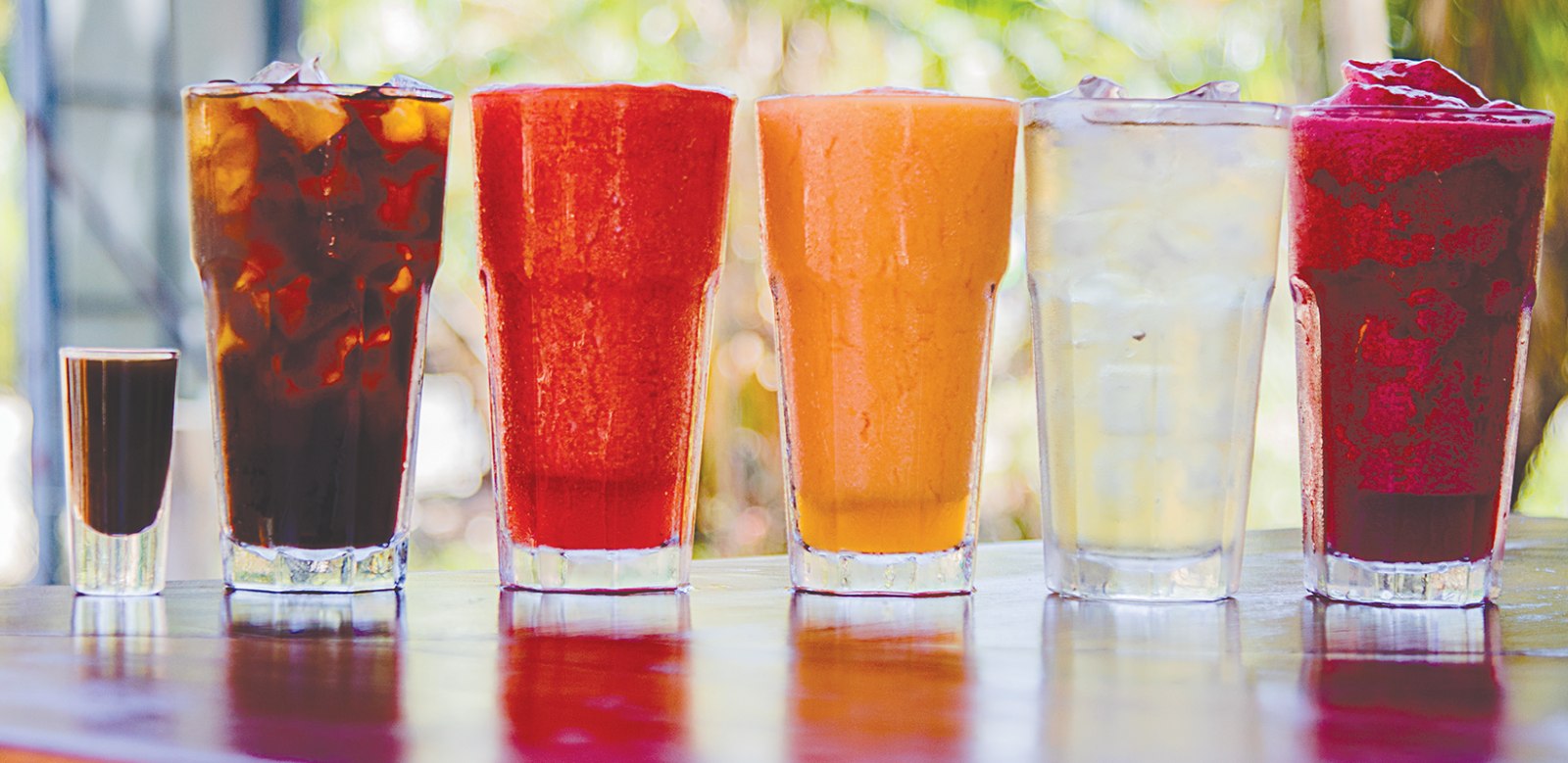
When tourists arrive at Daniel Oduber airport in Liberia, the first thing that greets them is the tropical heat and the aroma of coffee. When Ticos get up in the morning or when three in the afternoon rolls around, we know it’s coffee time. Coffee production is part of Costa Rica’s history, but today, with large countries like Brazil and India growing the golden beans, Costa Rican coffee plantations are no longer sufficient to sustain the economy of local producers in Guanacaste.
However, the ability and creativity to adapt to new markets is also a trait of Ticos. For a few years now, Guanacaste farmers have been betting on the orange, and The Voice of Guanacaste wanted to know why.
Oranges, Oranges and Oranges in Hojancha
According to data from the last agricultural census conducted in 2014 by the National Institute of Statistics and Census (INEC- Instituto Nacional de Estadistica y Censos), the province of Guanacaste is in fourth place nationally for the number of farms, with a total of 1385 properties cultivated with oranges, but it comes first in crop area with 8,989 hectares (22,212 acres) under cultivation, or in other words, the farms are larger.
The canton of Hojancha is a special case, because the increase in orange plantations in recent years has been considerable. According to data supplied by the Ministry of Agriculture and Livestock, Hojancha recorded about 115 planted hectares (285 acres) and a production of more than four million units annually, in addition to projecting that they will plant 100 new hectares (247 acres) in the next few years.
Roman Vargas, a producer in Pilangosta of Hojancha, has about 10 hectares (25 acres) under production and said that oranges require certain care.
“[Oranges] require good treatment: spraying against plagues, applying fertilizers on time. The application of fertilizers should be consistent, since excess application causes the plant to overproduce and the fruit stays small in size and I prefer quality rather than quantity,” Vargas said.
According to Vargas, one hectare produces an average of 150,000 oranges and maturing occurs in February. However, it is not until May that the orange acquires a larger amount of juice and the sweetest flavor.
Cooperatives Also Adapt
The Coopepilangosta cooperative is located 2 kilometers (1.2 miles) north of downtown Hojancha, was founded in September of 1962 and since then has been devoted to boosting coffee production in the highlands of the Nicoya Peninsula. However, it has integrated new crops to promote production diversification to allow for greater economic development and the orange is one of the crops it has been betting on in recent years.
According to Wilberth Roman, manager of Coopepilangosta, the cooperative has had to rethink its economic model.
“Last November, the cooperative made a new strategic plan that includes generating new income, which consists of identifying new productive activities, within which we have included the production of oranges, a category that competes alongside coffee,” Roman said.
According to the manager, the cooperative will seek to stimulate orange production by providing technical assistance to associate producers through training workshops. It is currently processing funding in the amount of ¢70 million with the Institute for the Promotion of Cooperatives (INFOCOOP- Instituto de Fomento Cooperativo).
One of the farmers who sees Coopepilangosta’s change as positive is Vargas, who is selling his oranges to companies in San Jose for now. Vargas said it would be a great incentive for orange producers since it would guarantee a secure market for their products and better prices.
Not only would richer, sweeter oranges be available at better prices in community farmers markets, but other products made from oranges could also be available, like packaged juices and jellies.
To this end, the cooperative wants to build a processing plant for oranges in the not too distant future. Discussions are already under way with authorities from the Rural Development Institute (INDER- Instituto de Desarrollo Rural), who would finance the work. The plant could be located in Pueblo Viejo or in Nicoya, which is yet to be determined.
Marco Aguilar, an official from INDER, explained that they are waiting for the cooperative to formally present the project. Once the place where land is going to be bought is determined, the processing facilities will be built.
“It’s a project that is under discussion. It is a good initiative because the orange has been taking the place of the cultivation of coffee, and there is nothing better for producers than production diversification. Once they formally propose the project to us, we are very willing to process it accordingly,” Aguilar commented.

The drop in coffee prices in the international market has caused production to decrease in the canton of Hojancha. Local farmers are looking for new productive activities like planting oranges.







Comments